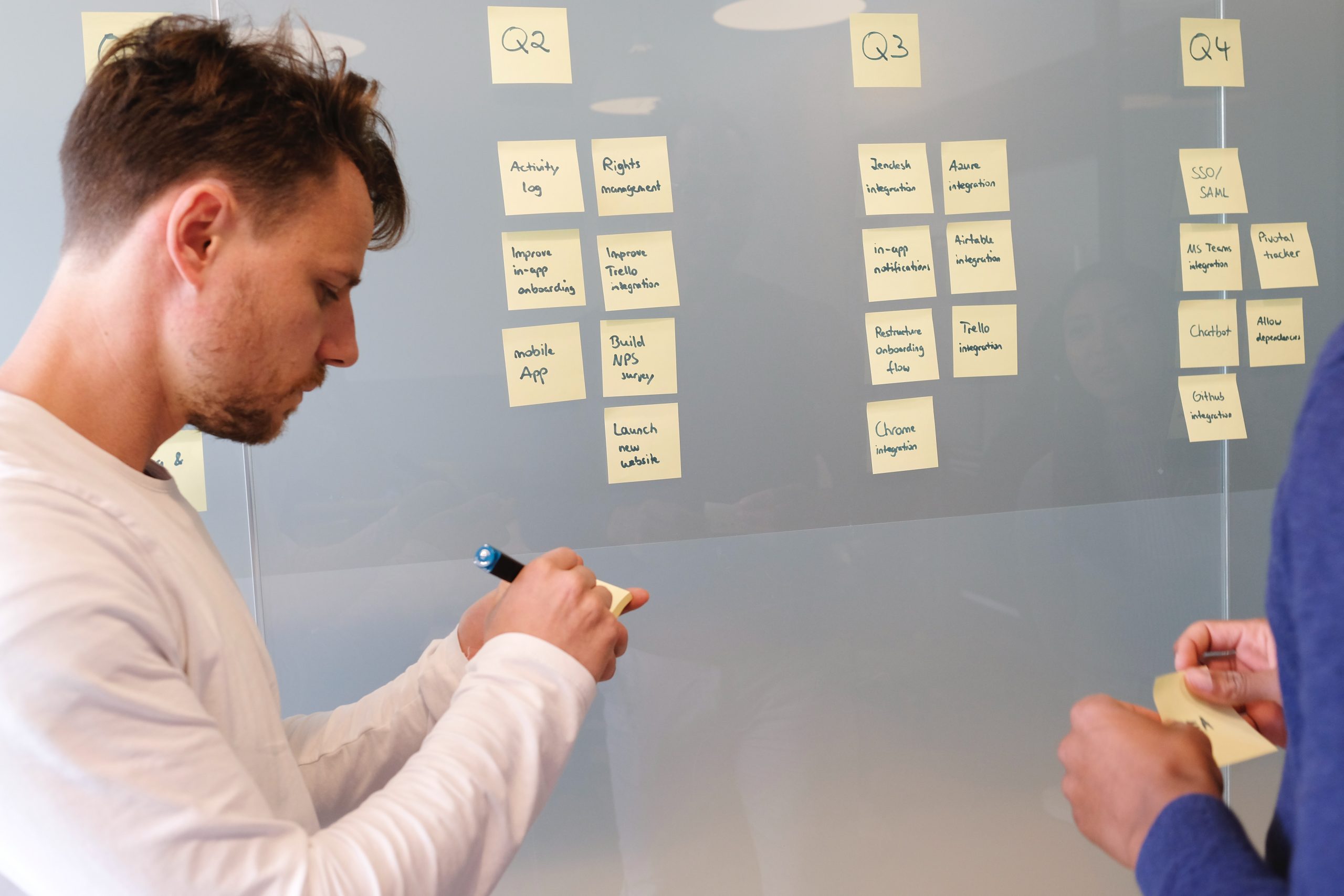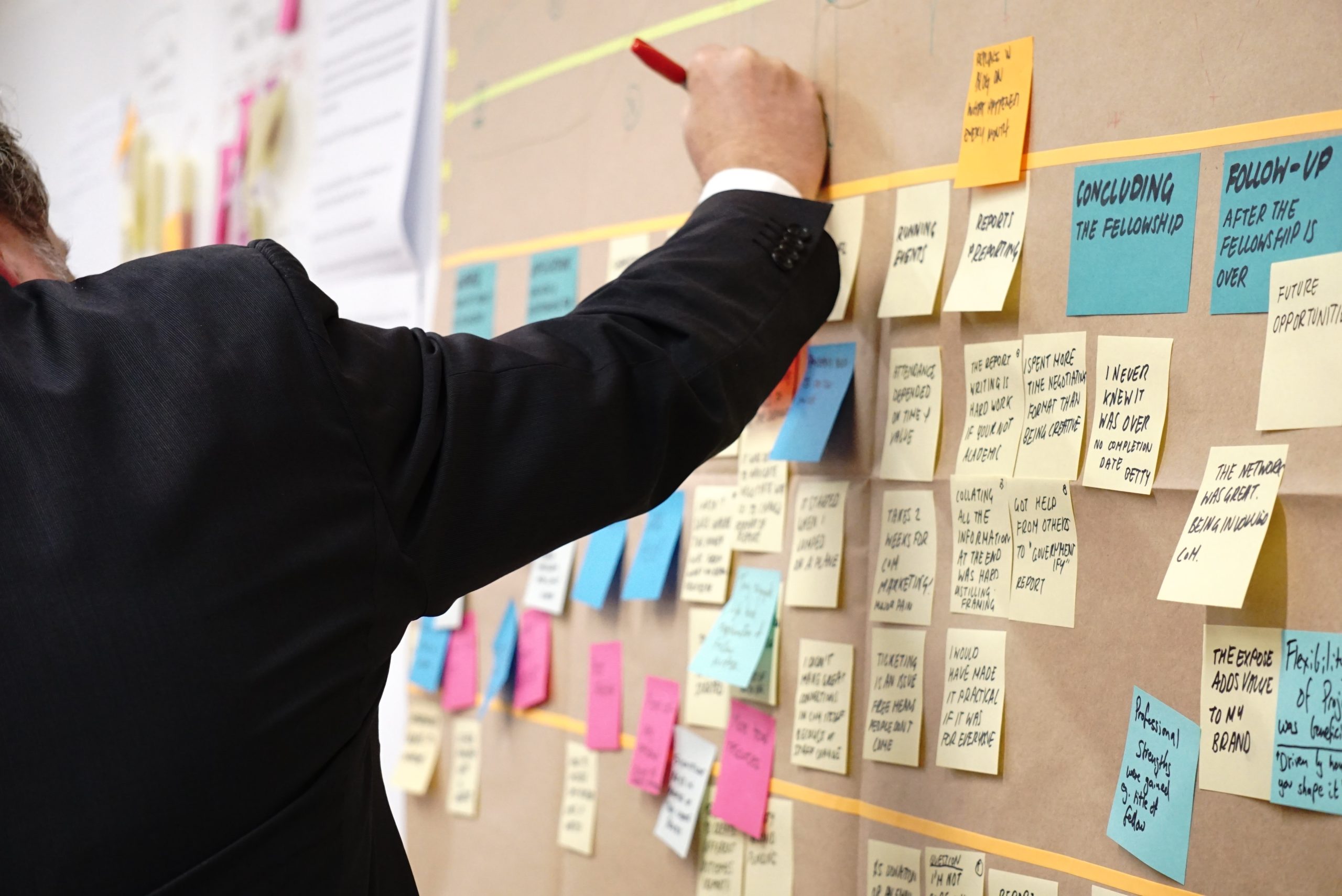In the fast-paced world of project management, companies are constantly searching for methodologies that can help them adapt and thrive in an ever-changing environment. Two popular approaches that have gained significant attention in recent years are Agile and Kanban. While both methodologies share a common goal of improving efficiencies and delivering high-quality products, they differ significantly in their principles and practices. Agile focuses on iterative development, self-organizing teams, and customer collaboration, while Kanban emphasizes visual workflow management, limiting work in progress (WIP), and continuous improvement. Understanding these key differences is crucial for organizations looking to choose the most suitable methodology for their projects and maximize their chances of success.
Agile vs Kanban
Although Agile and Kanban are both popular frameworks used in project management, they have some distinct differences that make them unique. One key difference is the approach to planning and execution. Agile follows a more iterative and incremental approach, where the team plans for a set of features or user stories and works on them in short sprints. On the other hand, Kanban focuses on continuous flow, where work items are pulled from a backlog as soon as capacity allows.
Another significant difference between Agile and Kanban lies in their use of time constraints. In Agile, there are fixed timeboxes called sprints that usually last for two to four weeks. These sprints provide a sense of urgency and encourage teams to deliver completed increments within each iteration. However, Kanban has no specific time constraints; instead, it relies on visualizing workflow through a kanban board and setting work-in-progress limits.
While Agile emphasizes flexibility and adaptability in response to changing requirements, Kanban revolves around optimizing overall efficiency by balancing workload across team members. By using metrics such as lead time and cycle time, teams practicing Kanban can identify bottlenecks in the process easily and make informed decisions about resource allocation.
In conclusion, understanding the differences between Agile and Kanban is crucial when choosing the right framework for your project or organization. While Agile offers more structured planning with fixed iterations, Kanban provides greater flexibility by allowing continuous flow with no predefined timeboxes.

Definition: Understanding the methodologies
Understanding the methodologies is crucial when it comes to successfully implementing Agile or Kanban in your organization. Agile methodology focuses on flexibility and adaptability, breaking down projects into smaller iterations called sprints. This allows teams to respond quickly to changes and deliver incremental value to customers. On the other hand, Kanban methodology emphasizes visualizing workflow and limiting work in progress (WIP). By setting clear WIP limits, teams can optimize their flow and improve efficiency.
While both methodologies share common principles like continuous improvement and collaboration, they differ in their approaches. Agile offers a more structured framework with prescribed roles such as Scrum Master and Product Owner, while Kanban allows for more self-organization without designated roles. Additionally, whereas Agile relies on timeboxing through fixed-length sprints, Kanban promotes a smoother flow by prioritizing the most valuable tasks rather than adhering to specific deadlines.
Overall, understanding these methodologies enables organizations to choose the one that aligns best with their goals and work culture. Whether you prefer the agility of Agile or the visual clarity of Kanban, embracing these methodologies can revolutionize your team’s productivity and deliver better results for your clients.
Workflow management: Agile’s flexibility vs Kanban’s visualization
Workflow management is crucial for any successful project, and two popular methodologies that approach it from different angles are Agile and Kanban. Agile’s flexibility allows teams to adapt and respond to changing requirements in real-time. This flexibility enables faster delivery of projects and greater customer satisfaction, as the team can continuously iterate their work based on feedback. On the other hand, Kanban’s visualization provides a clear picture of the entire workflow, allowing teams to identify bottlenecks and optimize their processes accordingly.
Agile embraces change as an essential part of the development process. By incorporating feedback loops and regular reevaluation of priorities, Agile teams can quickly adjust their plans to deliver value sooner. The iterative nature of Agile also encourages collaboration among team members, making it easier to adapt when circumstances change. However, this level of flexibility can sometimes lead to scope creep or changes that disrupt project timelines if not properly managed.
Kanban’s visual representation of workflow provides teams with a tangible overview that helps identify inefficiencies in real-time. The ability to see each task’s progress at a glance empowers both team members and stakeholders to address bottlenecks before they become significant obstacles. This transparency fosters accountability among team members while promoting continuous improvement by highlighting areas where processes can be refined or optimized. However, the lack of rigid timelines in Kanban may make it more challenging for some stakeholders or clients who desire specific delivery dates.

Team collaboration: Agile’s cross-functionality vs Kanban’s specialization
When it comes to team collaboration, Agile and Kanban take different approaches. Agile focuses on cross-functionality, where all team members are expected to have a working knowledge of a broad range of skills. This encourages collaboration and helps teams quickly adapt to changing project requirements. On the other hand, Kanban emphasizes specialization, with each team member being an expert in their specific area of work.
The advantage of cross-functionality in Agile is that it allows for a high degree of flexibility and versatility within the team. As everyone has a basic understanding of each other’s roles, there can be seamless transitions when someone is unavailable or if new tasks need immediate attention. It also promotes knowledge sharing and enables individuals to continually learn from one another.
In contrast, Kanban’s specialization ensures that each team member becomes highly proficient in their domain. This allows for greater efficiency as tasks are handled by those with the most expertise in that particular area. The focus on specialization also means that individuals can dive deep into their respective fields and continuously improve their skills.
While both Agile’s cross-functionality and Kanban’s specialization have their merits, choosing between the two ultimately depends on the nature of your project and your team dynamics. Cross-functionality may work best for projects requiring frequent change or innovation while specialization may be more appropriate for projects with well-defined scopes or complex domains requiring specific expertise. Ultimately, finding a balance between agility and specialization will lead to effective collaboration within your team.
Project planning: Agile’s iteration-based approach vs Kanban’s continuous flow
When it comes to project planning, Agile and Kanban offer two distinct approaches – iteration-based and continuous flow. Agile’s iteration-based approach is characterized by its time-bound iterations or sprints, during which a set number of features are developed. This allows for better predictability and planning, as project managers can estimate the amount of work that can be completed in each sprint. However, this approach may not be suitable for projects with evolving requirements or tight deadlines.
On the other hand, Kanban’s continuous flow focuses on visualizing and optimizing workflow. Work items move through different stages on a Kanban board, allowing teams to track progress in real-time. This flexible approach enables teams to adapt quickly to changing priorities and requirements since there are no fixed iterations or time constraints. Moreover, by limiting the number of work-in-progress items at any given time, Kanban reduces multitasking and improves overall productivity.
Ultimately, the choice between Agile’s iteration-based approach and Kanban’s continuous flow depends on various factors such as project size, complexity, stability of requirements, team experience level, and organizational culture. Both methods have their strengths – Agile provides structure while enabling flexibility within each sprint; whereas Kanban offers greater adaptability for projects with dynamic requirements or short delivery cycles.

Change management: Agile’s adaptability vs Kanban’s stability
When it comes to change management, Agile and Kanban offer two distinct approaches: adaptability versus stability. Agile teams prioritize flexibility and quick adaptation to changes, embracing the idea that requirements can evolve throughout a project. The iterative nature of Agile allows for constant feedback and adjustments, ensuring that the final product meets customer expectations.
On the other hand, Kanban relies on stability and visualizing work in progress. By limiting work items in each stage of the workflow, Kanban promotes a steady flow of tasks without overwhelming team members or causing bottlenecks. This approach provides a sense of predictability and stability, helping teams manage change by focusing on completing existing items before taking on new ones.
While Agile’s adaptability ensures rapid response to changing circumstances and stakeholder demands, Kanban’s stability offers its own advantages. With clear visibility into the workflow, team members can easily identify potential issues and bottlenecks; they can address them promptly rather than scrambling to make last-minute adjustments as with Agile. Additionally, this stable workflow allows for better long-term planning as team capacity remains relatively consistent over time.
Ultimately, deciding between Agile’s adaptability or Kanban’s stability depends on the specific needs of your organization and project. Consider factors such as customer requirements volatility, complexity of tasks involved, team capabilities for rapid adaptation versus steady delivery – both are powerful methodologies in their own right; choosing the right one will help you achieve your unique business goals more effectively in the realm of change management.
Conclusion: Choosing the right methodology for your project
In conclusion, choosing the right methodology for your project is vital to its success. Both Agile and Kanban have their own unique strengths and weaknesses, so it is important to evaluate your project’s specific requirements and team dynamics before making a decision.
Agile offers flexibility and adaptability, making it ideal for projects with rapidly changing requirements or uncertain market conditions. It encourages collaboration between team members and promotes continuous improvement through regular feedback loops. On the other hand, Kanban focuses on visualizing the workflow and limiting work in progress, which can be beneficial for teams that require a more structured approach.
Ultimately, the choice between Agile and Kanban depends on factors such as project complexity, team size, and organizational goals. Understanding these differences will enable you to make an informed decision that aligns with your project’s needs, leading to increased efficiency and ultimately a successful outcome. So take the time to analyze your project requirements thoroughly before settling on a methodology – it might just be the key to unlocking its full potential.











